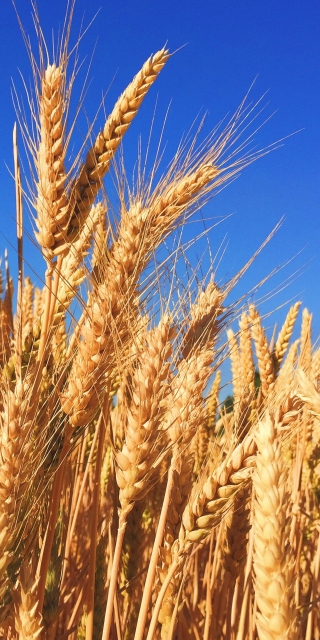|
WP1 - Effects of wheat types and food processing on bread composition
Bread is one of our oldest known processed foods. In ancient times,
unleavened breads were mainly baked from ancient grain species for
storage, to be consumed when other foods became limited. Later on, whole
grain breads were prepared from doughs slowly fermented by naturally
present bacteria. Currently, most of our daily bread is made from dough
of refined bread-wheat flour, rapidly fermented using baker’s yeast.
Thus, processing of wheat to produce bread has changed significantly
during history. In our present studies we aim to investigate the
possible effects on human health of compositional changes due to the
differences in bread processing comparing either yeast fermentation or
sourdough fermentation of whole grain flour from modern bread-wheat and
from the selected “ancient grains” spelt wheat and emmer wheat.
In this work package we will analyse and compare, as the first step, the
biochemical composition of the original grains, their resulting flours
and doughs, and the finally baked whole grain breads.
Breads produced from the different wheat species will have their
characteristic appearance, volume and giving a specific mouth feel. This
project however, includes a blind bread testing (work package 3), and
therefore requires uniform-looking breads, for which reason specific
recipes will be developed that will result in the desired baking
effects.
All breads will be prepared from the basic ingredients whole grain meal,
water, sourdough or yeast, and salt, without further additions. Per
wheat species, pure grains of at least three selected varieties will be
used . Then, milled fractions will be biochemically analysed
individually, and then pooled per species for dough making and bread
baking. But first, regarding the sourdough, the best suitable starter
culture will be selected. Biochemical analyses will be further performed
on fermented dough and baked bread.
Biochemical analysis will be carried out especially on carbohydrates and
proteins. Of the carbohydrates, the amount and the composition of
starch, of dietary fibres and of fermentable oligo-, di-,
monosaccharides and polyols (FODMaPs) will be measured. Protein analysis
will focus on the content and composition of gluten, amylase-trypsin
inhibitors (ATIs), lectins and proteases in the various bread types.In
addition phytate and selected minerals will be quantified. A precise
determination of the composition of the baked breads is a prerequisite
for the further studies described in work packages 3 and 4. In addition
the protein composition of vital wheat gluten, as often used as dough
enhancer in bread making, will be determined
WP1 is performed by the Netherlands Bakery Centre, Wageningen, NL,
Principle Investigators (PI.) Flip van Straaten, Petra Kuiper,
Wageningen Plant Research NL, PI. Twan America, and Rothamsted Research,
UK, PI. Peter Shewry. |
